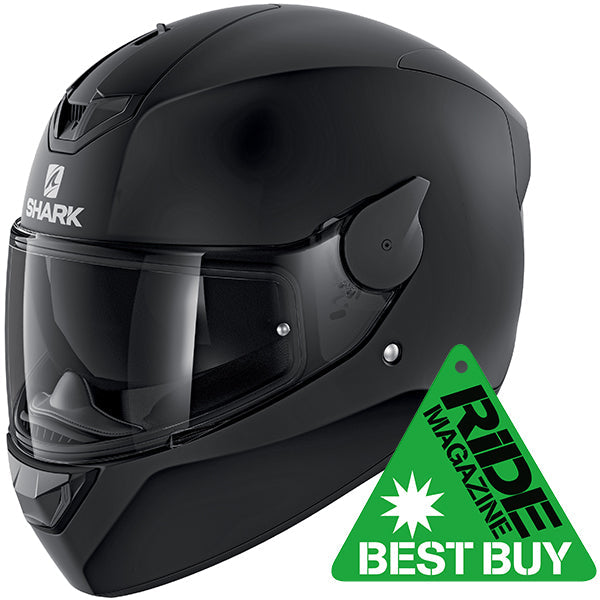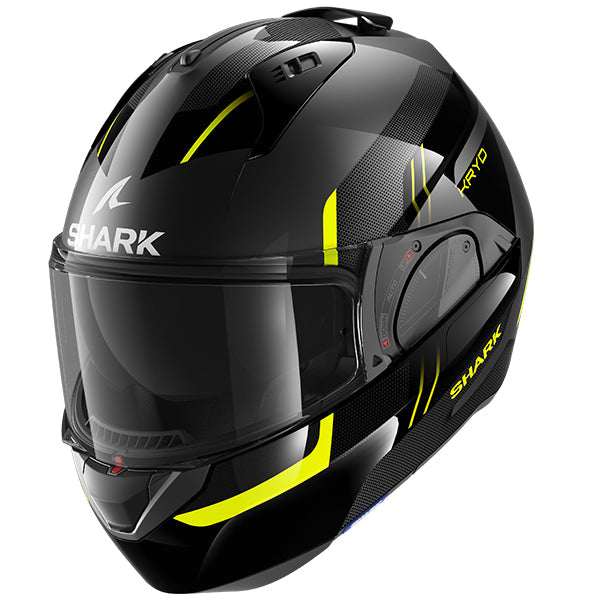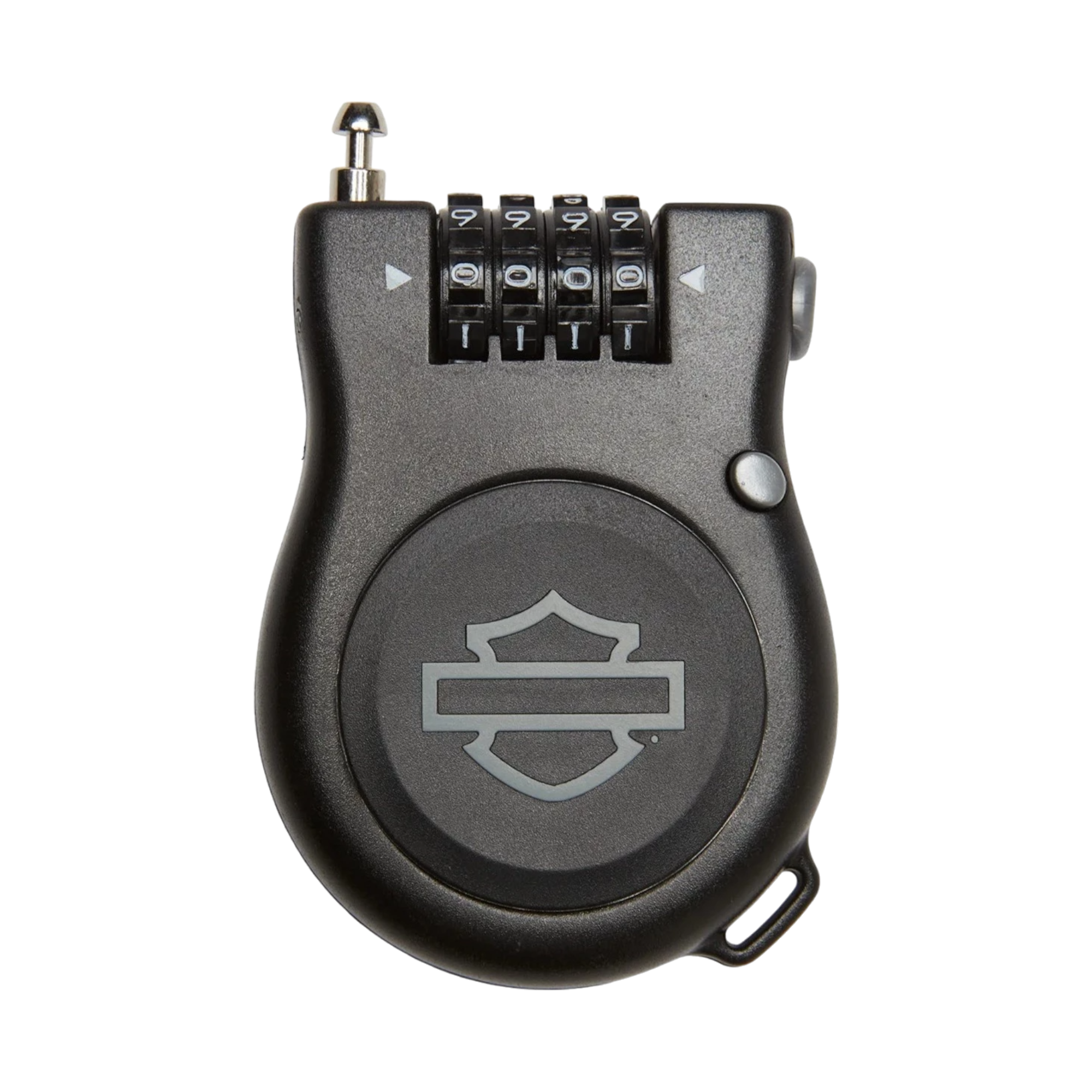Motorcycle Safety and Protection: A Comprehensive Guide for Riders
1. Common Causes of Motorcycle Accidents:
- Speeding
- Distracted Riding
- Impaired Riding
- Inexperience
- Road Conditions
2. Protective Gear:
- Helmet
- Jacket
- Pants
- Gloves
- Boots
3. Safe Riding Practices:
- Obey traffic laws
- Be visible
- Avoid distractions
- Ride defensively
- Maintain your motorcycle
4. Motorcycle Education and Training:
- Basic riding skills
- Safety techniques
- Accident avoidance
5. Motorcycle Safety Equipment:
- ABS
- TCS
- Airbags
- TPMS
6. Conclusion:
- Wear proper gear, ride safely, and take training to stay safe on the road.
Motorcycle Safety and Protection: A Comprehensive Guide for Riders
Introduction
Riding a motorcycle can be an exhilarating experience that offers a sense of freedom and adventure. However, it is important to remember that motorcycles are also inherently more dangerous than cars or trucks due to their lack of protection. Every year, thousands of motorcyclists are injured or killed in accidents, and many of these accidents could have been prevented if riders had taken proper safety precautions.
Common Causes of Motorcycle Accidents
There are a number of factors that can contribute to motorcycle accidents, including:
- Speeding: Speeding is a major factor in motorcycle accidents, as it increases the risk of losing control of the bike or being thrown from the bike in a crash.
- Distracted driving: Distracted driving, such as talking on a cell phone or texting while riding, can take your attention away from the road and increase your risk of an accident.
- Impaired riding: Riding under the influence of alcohol or drugs can impair your judgment, coordination, and reaction time, increasing your risk of crashing.
- Inexperience: Inexperienced riders are more likely to be involved in accidents, as they may not have the skills or knowledge necessary to handle a motorcycle safely.
- Road conditions: Poor road conditions, such as potholes, gravel, or slippery surfaces, can increase your risk of losing control of your bike and crashing.
According to the National Highway Traffic Safety Administration (NHTSA), motorcyclists are 29 times more likely to die in a crash than car occupants. In 2020, there were 5,014 motorcyclist fatalities in the United States, accounting for 14% of all traffic fatalities.
Outline of Article
This article will provide you with a comprehensive guide to motorcycle safety, including tips on choosing the right protective gear, riding safely, and taking advantage of motorcycle education and training. We will also discuss some of the latest motorcycle safety equipment that can help you to reduce your risk of injury in a crash.
Protective Gear
The most important thing you can do to protect yourself in a motorcycle accident is to wear the proper protective gear. This includes a helmet, jacket, pants, gloves, and boots.
Helmet
Your helmet is the most important piece of protective gear you can wear. It can protect your head from serious injury or death in a crash. When choosing a helmet, make sure that it is DOT-approved and that it fits you properly. The helmet should be snug but not too tight, and it should not obstruct your vision. The chin strap should be fastened securely.

Title: SHARK D-SKWAL 2 MATT BLACK
Price: £169.99
SHOP NOW
Jacket
Your jacket should be made of a durable, abrasion-resistant material, such as leather or textile. It should also have padding in the shoulders, elbows, and back to protect you from impact injuries. Look for a jacket with reflective strips to make you more visible to other drivers.
Pants
Your pants should also be made of a durable, abrasion-resistant material. They should have padding in the knees and hips to protect you from impact injuries. Look for pants with reflective strips to make you more visible to other drivers.
Gloves
Your gloves should be full-fingered and made of a durable, abrasion-resistant material, such as leather or textile. They should also have padding in the palms and fingers to protect you from impact injuries.
Boots
Your boots should be over-the-ankle and have a sturdy sole. They should be made of a durable, abrasion-resistant material, such as leather or textile. Look for boots with a non-slip sole to help you keep your footing on the ground.

Title: SHARK EVO ES FLIP BLACK/FLO KRYD AKY
Price: £329.99
SHOP NOW
Safe Riding Practices
In addition to wearing the proper protective gear, there are a number of other things you can do to ride safely:
- Obey traffic laws. This includes obeying speed limits, lane markings, and traffic signals.
- Be visible. Wear bright colors and reflective gear, and use your headlights even during the day.
- Avoid distractions. Don't use your phone while riding, and keep conversation to a minimum.
- Ride defensively. Be aware of other vehicles around you, and anticipate hazards.
- Maintain your motorcycle. Perform regular inspections and maintenance on your motorcycle to keep it in good working condition.
Motorcycle Education and Training
If you are a new rider, it is important to take a motorcycle education and training course. These courses can teach you the basic skills and knowledge you need to ride safely. Topics covered in these courses typically include:
- Basic riding skills, such as starting, stopping, and turning.
- Safety techniques, such as how to avoid hazards and how to respond to emergencies.
- Accident avoidance, such as how to recognize and avoid potential hazards.
Taking a motorcycle education and training course can increase your confidence, improve your riding skills, and reduce your risk of being involved in an accident.
Motorcycle Safety Equipment
In addition to wearing the proper protective gear and taking a motorcycle education and training course, there are a number of other things you can do to make your motorcycle safer:

Title: HARLEY-DAVIDSON® RETRACTABLE CABLE LOCK
Price: £27.00
SHOP NOW
- Anti-lock Braking Systems (ABS). ABS prevents your wheels from locking up during braking, which can help you to maintain control of your bike.
- Traction Control Systems (TCS). TCS prevents your rear wheel from spinning during acceleration, which can help you to avoid losing control of your bike.
- Airbags. Airbags inflate in the event of an accident, providing additional protection for your head, neck, and chest.
- Tire Pressure Monitoring Systems (TPMS). TPMS alerts you to low tire pressure, which can help you to avoid a flat tire and maintain control of your bike.
Conclusion
Riding a motorcycle can be a safe and enjoyable experience, but it is important to take the proper precautions to reduce your risk of injury or death in a crash. By wearing the proper protective gear, riding safely, and taking advantage of motorcycle education and training, you can help to keep yourself safe on the road.
If you are interested in learning more about motorcycle safety, please visit the following resources:
- Motorcycle Safety Foundation
- National Highway Traffic Safety Administration
- Insurance Institute for Highway Safety
FAQ
-
What are some things I can do to increase my visibility to other drivers?
Wear bright colors, reflective gear, and use your headlights even during the day.
-
What should I look for when choosing a motorcycle helmet?
Your helmet should be DOT-approved and fit you properly. It should be snug but not too tight, and it should not obstruct your vision.
-
What are some common causes of motorcycle accidents?
Common causes of motorcycle accidents include speeding, distracted driving, impaired riding, inexperience, and poor road conditions.
-
What are some tips for riding safely?
Obey traffic laws, be visible, avoid distractions, ride defensively, and maintain your bike.
-
Should I take a motorcycle education and training course?
Yes, if you are a new rider, it is highly recommended to take a motorcycle education and training course to learn the basic skills and knowledge you need to ride safely.
-
What safety features should I look for in a motorcycle?
Look for features such as anti-lock braking systems (ABS), traction control systems (TCS), airbags, and tire pressure monitoring systems (TPMS).
Explore More:
- Ride Protected: Motorcycle Riding Gear Collection - Gear Up for Thrilling Adventures
- Unleash the Italian Stallion: Ducati Collection - Embrace the Passion, Live the Legend
- Protection Meets Comfort: Motorbike Pants Collection - Gear Up in Style, Ride with Confidence
- Honda Gear: Unleash Your Riding Spirit - Rooted in Excellence, Built for the Road
- Grip with Confidence: Motorcycle Gloves Collection - Enhanced Control, Safety, and Style
- Motobike Jackets: A Symphony of Protection and Style - Ride with Attitude, Stay Safe
- Safeguard Your Ride: Motorbike Helmet Collection - Uncompromised Protection, Unparalleled Style